how to get off blood thinners
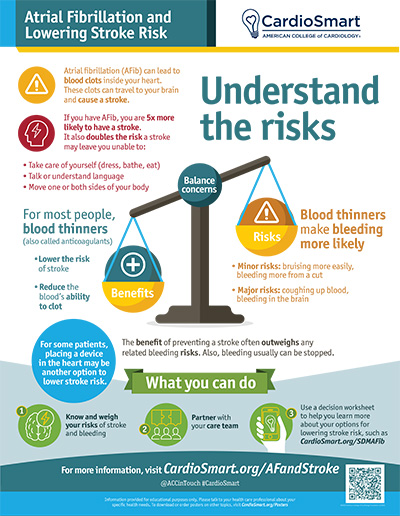 Risk of Stroke and Blood Thinners | CardioSmart – American College of Cardiology
Risk of Stroke and Blood Thinners | CardioSmart – American College of CardiologyMain navigation Latest available conclusions on quality and access to health care AHRQ GrantsAHRQ Projects database funded by the Patient-Intervented Results Research Trust Fund. Blood Thinner Pills: Your Guide to Safe Use The Health Research and Quality Agency offers a free libretto and a video on thinner blood medicines. Stay active and healthy with Blood Thinners, a 10-minute video, presents easy-to-understand explanations of how blood thinners work and why it is important to take them properly. Pills Thinner Blood: Your Guide to Using Them Safely, at 24-page booklet, explains how these pills can help prevent the formation of dangerous blood clots and what to expect when taking these medications. Video: Stay active and healthy with blood thievesPeople often care about how routine medications like the thinner blood pills will affect their lifestyles. With a few simple steps, taking a blood decelerator can be safe and easy. In fact, more than 2 million people take painkillers every day to prevent them from developing dangerous blood clots. Staying active and healthy with Blood Thinners is a 10-minute video that shows how small changes in daily routines can help people take blood cleaners safely. What's a thinner blood? What are you doing? Why is it useful? These questions are answered in this video, which has easy explanations of how blood thinners work and why it is important to take them properly. It also introduces MEJOR, an easy way to remember how to fit the thinner blood medication into everyday life. Be careful. Come RightStick to a RutineTest RegularlyBooklet: Pills Thinner of Blood: Your Guide to Using Thinner Pills Safe: Your Guide to Safe Use is an easy-to-read brochure that educates people on the slender of blood. It provides basic information about the medication, including reasons why a doctor might prescribe it. It also includes dietary advice, medicines and food to avoid, important precautions for some daily activities, and when to look for help. Select to download the printed version of the guide [ - 2,43 MB ]. This guide is also available in [ - 3.15 MB]. IndexAbout Your Blood Thinner Your doctor has prescribed a medication called a blood thinner to prevent blood clots. Blood clots may put you at risk for heart attack, stroke, and other serious medical problems. A blood thinner is a kind of medication called anticoagulant (an-te-ko-AG-u-lent). "Anti" means against and "coagulant" means to thicken in a gel or solid. The thinner blood drugs work well when used properly. To help you learn about your medication, your doctor has given you this booklet to read. Depending on where you receive care, you can be seen by a doctor, nurse, doctor's assistant, nurse, pharmacist or other health care professional. The term "doctor" is used in this pamphlet to refer to the person who helps you administer your medication thinner. You and your doctor will work together as a team to ensure that taking your blood thinner does not prevent you from living well and safely. Information in this brochure will help you understand why you're taking a thinner blood and how to stay healthy. Take time to read all the information in this brochure. There are different types of blood thinning. The most common blood thinner prescribed by doctors is warfarin (Coumadin®, COU-mad-din). Your doctor may also discuss the use of one of the smallest blood thinners depending on your individual situation. Attention! Tell your doctor if you are pregnant or plan to become pregnant. Many blood degators can cause birth defects or bleeding that can damage your unborn child. How to take your blood Thinner Always take your blood thinner as indicated. For example, you need to take some blood thinnings at the same time of the day, every day. Never jump a dose, and never take a double dose. If you forget a dose, take it as soon as you remember it. If you do not remember until the next day, call your doctor for instructions. If this happens when your doctor is not available, skip the missed dose and start again the next day. Check the missed dose in a diary or calendar. A slot tablet for each day can help keep track of your medications. Check your medicine Check your medication when you receive it from the pharmacy. If anything seems different, ask the pharmacist to check it out. Many medication errors are found by patients. Use of other medicines Tell your doctor every medication you take. Your doctor needs to know about all of your medications, including the medications you used before you start taking a blood thinner. Other medicines can change the way your blood thinner works. Your blood thinner can also change how other medications work. It is very important to talk to your doctor about all the medications you take, including other prescription drugs, over-the-counter medicines, vitamins and herbal products. Products that contain aspirin may decrease the ability of the blood to form clots and may increase the risk of bleeding when you are also taking a blood thinner. If you are taking a thinner painkiller, talk to your doctor before taking any medication that you have aspirin in it. The medicines you get on the counter can also interact with your blood deceleration. Follow is a list of some common medicines that you should talk to your doctor or pharmacist before using. Pain relievers, cold medicines, or stomach remedies, such as:Vitamins and herbal products, such as: Talk to your doctor about each medication and free sale product you take. Talk to your other doctorsBecause you take a blood thinner, you will be regularly seen by the doctor who prescribed the medication. You can also see other doctors for different problems. When you see other doctors, it's very important that you tell them you're taking a thinner blood. You should also tell your dentist and the person to clean your teeth. If you use different pharmacies, make sure every pharmacist knows you take a blood thinner. Blood degators can interact with medicines and treatments that other doctors might prescribe. If another doctor orders a new medication, tell the doctor who ordered your blood thinner because dose changes may be needed for your blood thinner. Tell all your doctors about every drug and free-sale product you take. Tell your doctor about all your medications. Always tell your doctor about all the medications you are taking. Tell your doctor when you start taking new medicines, when you stop taking a medication, and if the amount of medication you are taking changes. When you visit your doctor, bring a list of current medicines, over-the-counter medicines (such as aspirin) and any vitamins and herbal products you take. A personal drug portfolio card can help you follow this list. Go download a printed wallet card that you can use to record the medication and other products you take. Possible side effects When taking a thinner blood is important to be aware of its possible side effects. Bleeding is the most common side effect. Call your doctor immediately if you have any of the following signs of severe bleeding: Stay safe while taking your blood Thinner Call your doctor and go to the hospital immediately if you have had a fall or hit your head, even if you are not bleeding. You may be bleeding but not seeing blood. For example, if you fall and hit your head, the bleeding may occur inside your skull. Or, if you hurt your arm during a fall and then you watch a big purple bruise, this means you're bleeding under your skin. Because you are taking a thinner blood, you should try not to hurt yourself and cause bleeding. You need to be careful when using knives, scissors, razors or any sharp object that can make you bleed. It also needs to avoid activities and sports that can cause injuries. Swimming and walking are safe activities. If you want to start a new activity that increases the amount of exercise you receive every day, talk to your doctor. You can still do a lot of things you enjoy. If you like to work in the courtyard, you can still. Just make sure you wear robust shoes and gloves to protect yourself. If you like riding a bike, make sure you wear a helmet. Tell others. Keep a current list of all the medications you take. Ask your doctor if you should wear a bracelet or a medical alert necklace. If you are seriously injured and unable to speak, the bracelet allows health workers to know that you are taking a thinner blood. To Prevent Inner Injuries: To Prevent Outdoor Injuries: Food and Your Blood Thinner If your doctor has prescribed warfarin, the foods you eat may affect how well your blood thinner works for you. High amounts of vitamin K can work against warfarin. Other blood thinners are not affected by vitamin K. Ask your doctor if your diet can affect how well your blood thinner works. For a list of foods containing vitamin K, go and look for vitamin K.If you are taking an analgesic, you should avoid drinking alcohol. Call your doctor if you cannot eat for several days, for whatever reason. Also call if you have stomach problems, vomiting or diarrhea that lasts more than 1 day. These problems could affect the dose of your blood thinner. Keep your diet the same. Do not make any major changes to your diet or start a weight loss plan unless you talk to your doctor first. Blood tests You'll have to make your blood tested often if you're taking warfarin. Blood tests help your doctor decide how much medication you need. The International Normalized Blood Test (INR) measures how fast your blood clots and allows the doctor to know if your dose needs to be changed. Testing your blood helps your doctor keep you in a safe range. If there's too much thinner blood in your body, you could bleed too much. If there's not enough, you could get a blood clot. No regular blood tests are needed for some of the most recent thin blood. Too small. Better range Too much. It can cause a blood clot It can cause bleeding Important reminders: This brochure is based on a product developed by Carla Huber, A.R.N.P., M.S., Cedar Rapids Community Anticoagulation Clinic, Cedar Rapids, Iowa, under AHRQ Grant No. 1 U18 HSO15830-01 to Kirkwood Community College. This document is in the public domain and can be used and reprinted without special permission. You appreciate the quote from the source. The name of my blood is: _______________________________Remembers:Call your doctor or pharmacy if you have any questions about the slimming of the blood. Notes:________________________________________________________________________________________________________________________________________________________________________________________________________________________________________________________________________________________________________________________________________________________________________________________________________________________________________________________________________________________________________________________________________________________________________________________________________________________________________________________________________________________________________________________________________________________________________ __________________________________________________________________________________________________________________________________________________________________________________________________________________________________________________________________________________________________________ __________________________________________________________________________________________________________________________________________________________________________________________________________________________________________________________________________________________________________ __________________________________________________________________________________________________________________________________________________________________________________________________________________________________________________________________________________________________________ __________________________________________________________________________________________________________________________________________________________________________________________________________________________________________________________________________________________________________ __________________________________________________________________________________________________________________________________________________________________________________________________________________________________________________________________________________________________________ __________________________________________________________________________________________________________________________________________________________________________________________________________________________________________________________________________________________________________ __________________________________________________________________________________________________________________________________________________________________________________________________________________________________________________________________________________________________________ __________________________________________________________________________________________________________________________________________________________________________________________________________________________________________________________________________________________________________ __________________________________________________________________________________________________________________________________________________________________________________________________________________________________________________________________________________________________________ Publication: 15-0047-CPrevious Publication: 09-0086-C Internet Citation: Thinner Blood Pilles: Your Guide to Safe Use. Last reviewed content November 2018. Agency for Healthcare Research and Quality, Rockville, MD. https://www.ahrq.gov/patients-consumers/diagnosis-treatment/treatment/btpills/btpills.html Connect with usSign up to receive email updates To register for updates or to access your subscribers, enter your email address below. Agency for Healthcare Research and Quality5600 Fishers Lane Rockville, MD 20857 Telephone: (301) 427-1364

How long will I have to take blood thinners? - Blood Clot Recovery Network
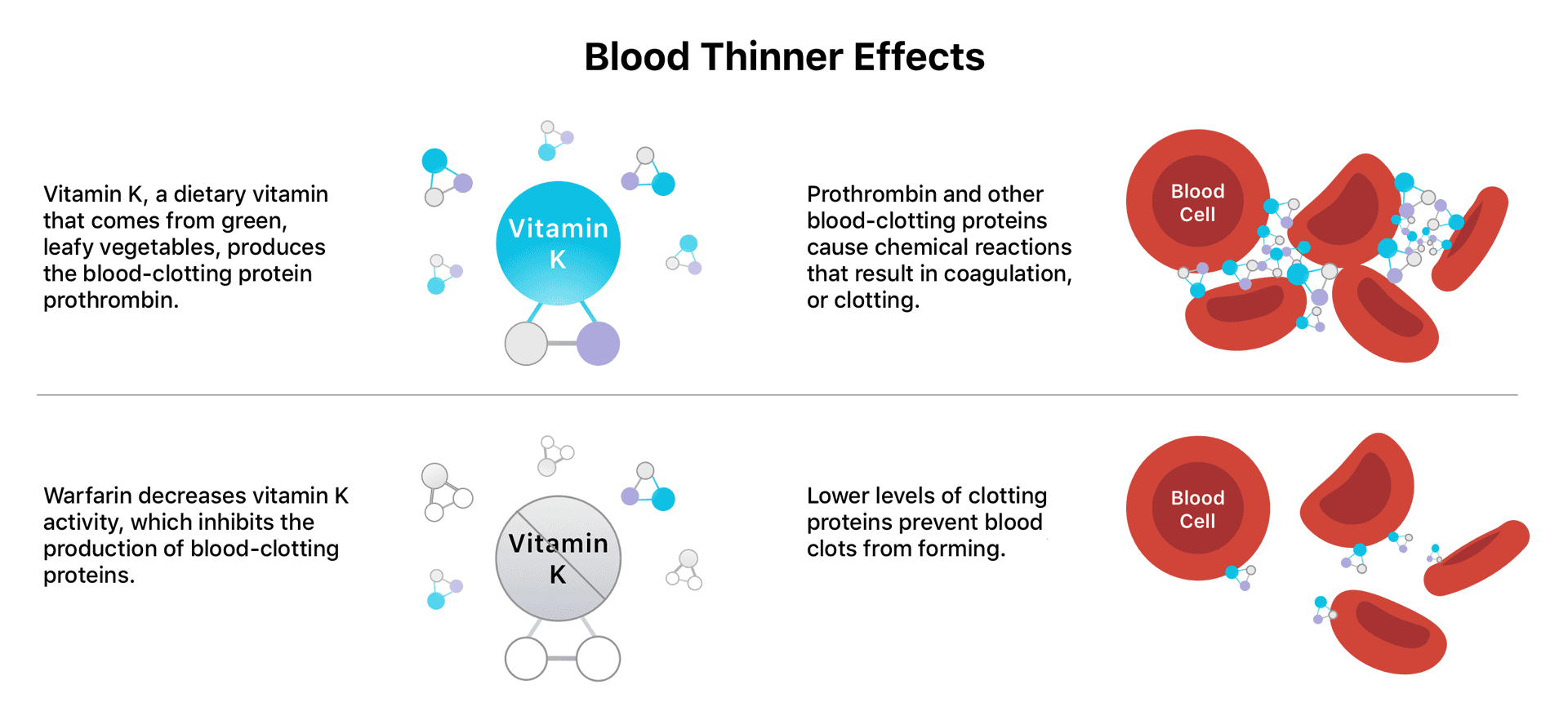
Blood Thinners: Types, Side Effects and Drug Interactions

11 natural blood thinners for heart health

Getting off blood thinners for good | UCHealth Today

3 Ways to Stop Taking Eliquis - wikiHow

11 natural blood thinners for heart health

Consistency, Not Avoidance: The Truth About Blood Thinners, Leafy Greens, And Vitamin K - Penn Medicine
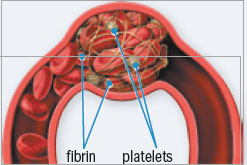
Understanding blood thinners - Harvard Health

11 natural blood thinners for heart health
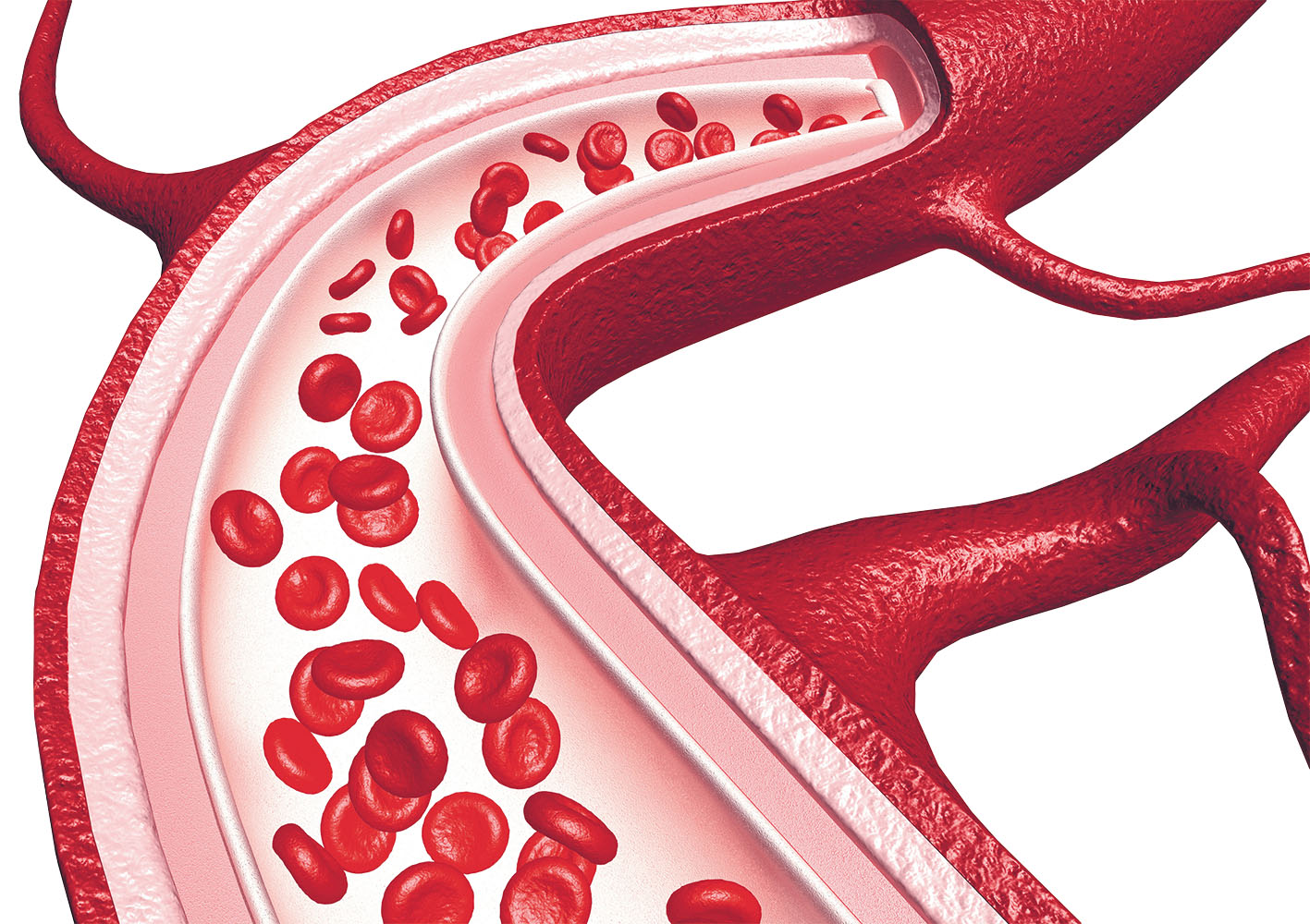
More antidotes for newer blood thinners - Harvard Health

How Do I Know What Blood Thinner Is Right for Me? – Health Essentials from Cleveland Clinic

Do I Really Need a Blood Thinner for My AFib ? – Health Essentials from Cleveland Clinic
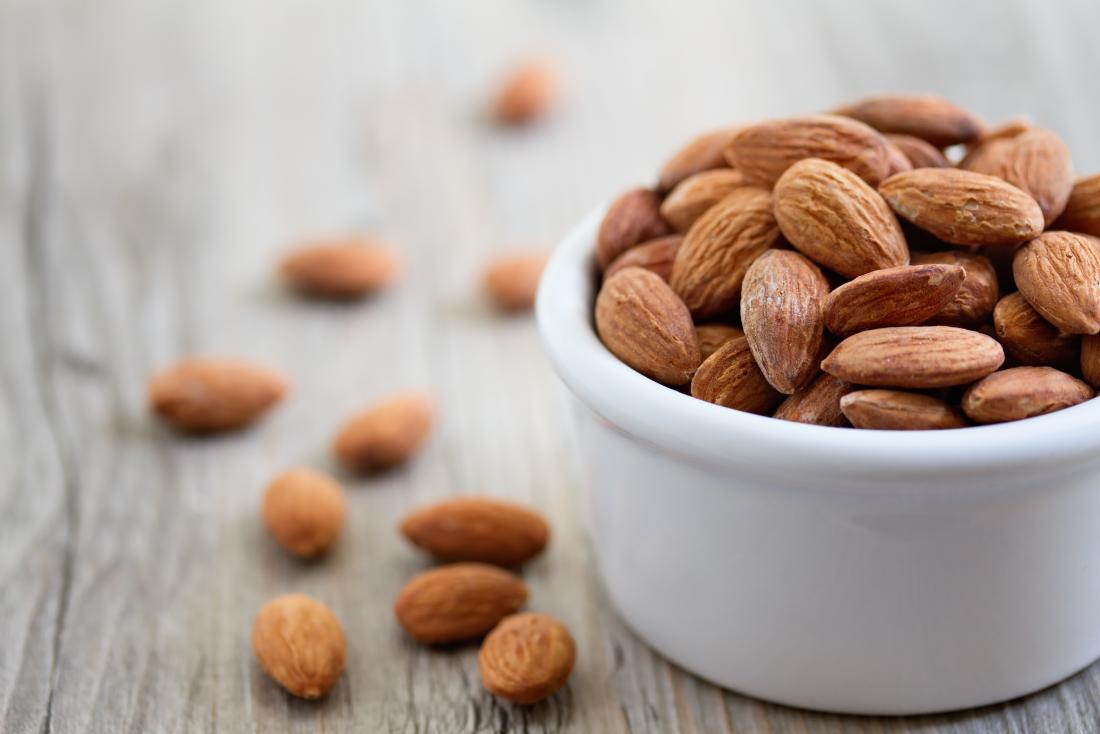
11 natural blood thinners for heart health

Blood Thinner Medication and Coronavirus: Are They High Risk for COVID-19?

Getting off blood thinners for good | UCHealth Today
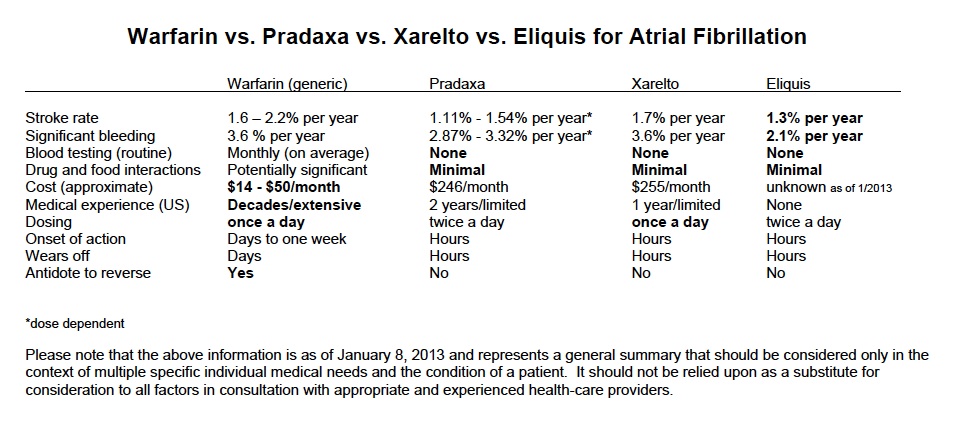
New Alternatives to Coumadin (warfarin) to Reduce the Risk of Stroke in the Treatment of Atrial Fibrillation Provide Doctors and Their Patients with More Options

5 of the Best Natural Blood Thinners
/blood-vessel-with-blood-cells--illustration-724234167-5b5f63cd46e0fb0025806f33.jpg)
Why Doctors Use Blood Thinners for Stroke Prevention

Getting Off Blood Thinners | Bill's Story | UPMC Heart and Vascular Institute - YouTube
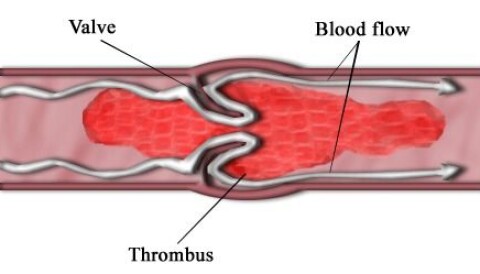
Stopping treatment with blood-thinning drug can be fatal

11 natural blood thinners for heart health
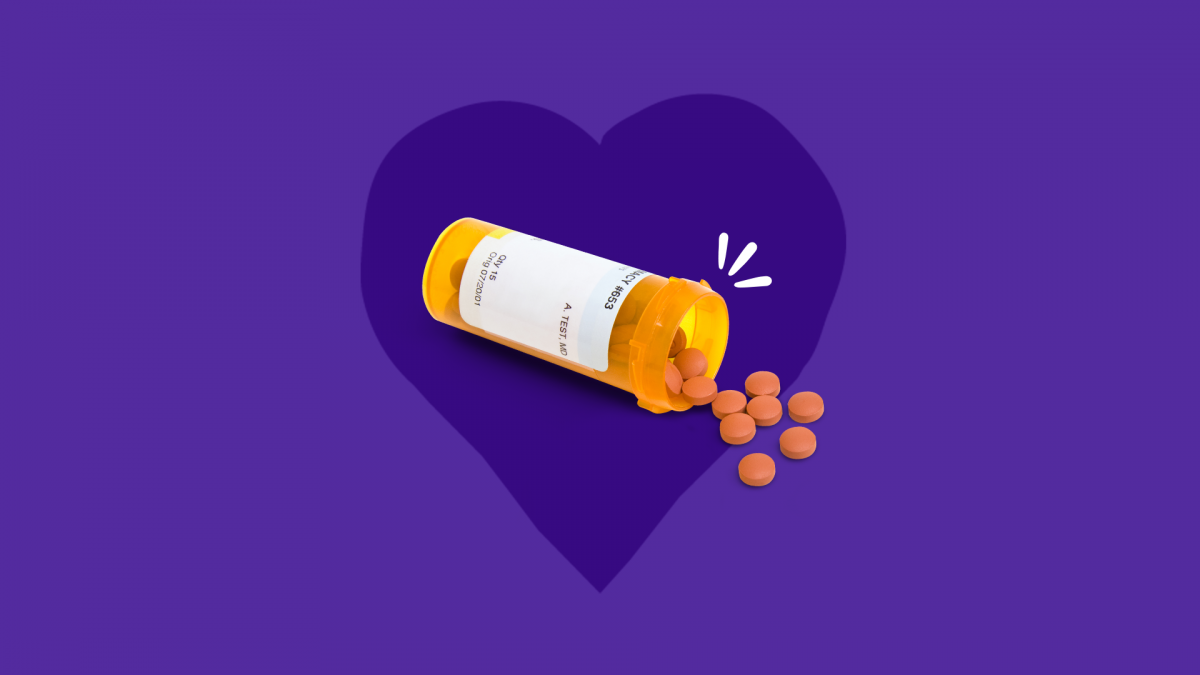
Blood thinners for AFib: Health benefits and side effects
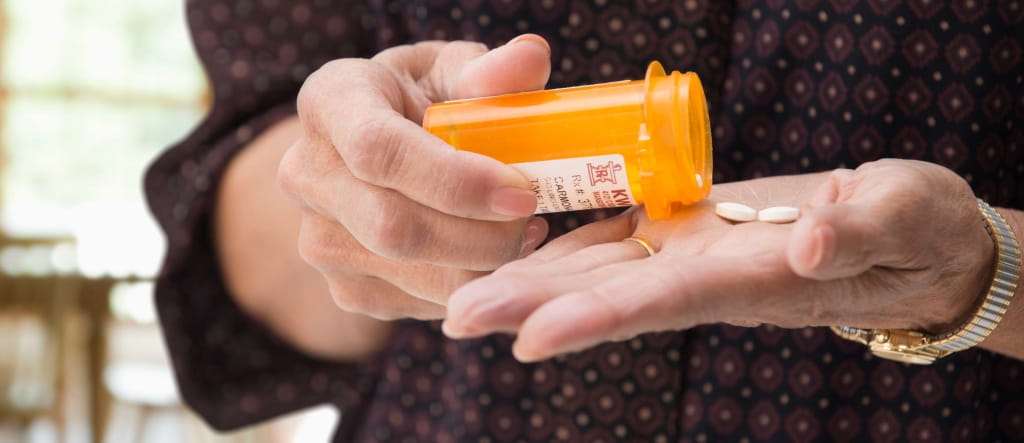
Study: AFib patients may be able to stop blood thinners after ablation | American Heart Association

Nonvalvular Afib Treatment: Blood Thinners VS Watchman Implant

Those on blood thinners can receive vaccine, says ICMR | India News - Times of India
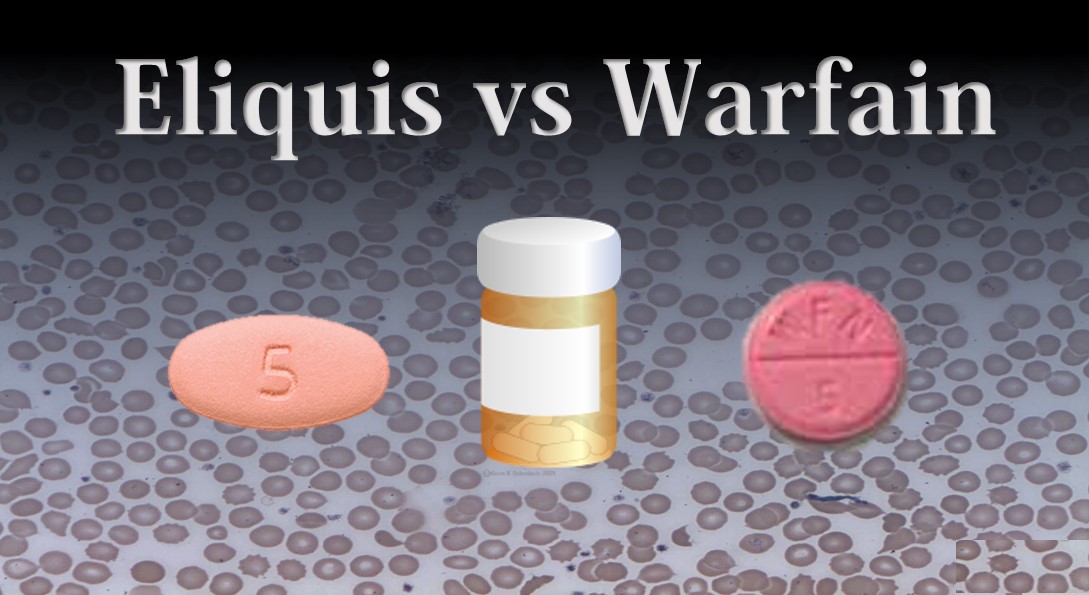
Eliquis versus Warfarin - Which is Best? • MyHeart
How Do I Know What Blood Thinner Is Right for Me? – Health Essentials from Cleveland Clinic

Blood Thinners Tips for Taking Them Safely
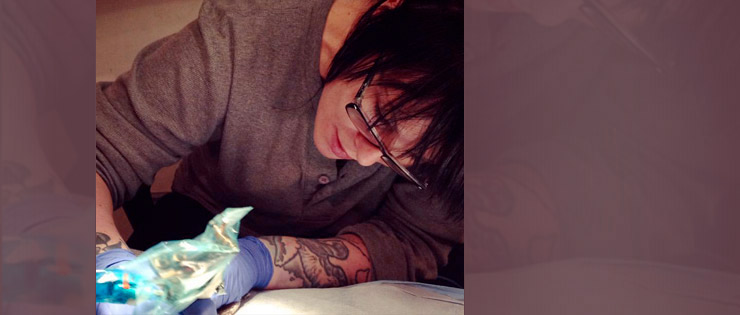
Tattoo artist grateful to be off blood thinners thanks to made-in-Ottawa rule | The Ottawa Hospital

Inform Your Dentist if You're Taking Blood Thinners - DeMarco Family Dental

Blood Thinners Tips for Taking Them Safely
Understanding AFib: Why do I have this? Should I take blood thinners? - Scope

Blood thinner alternatives: Memphis-area AFib patients have new option
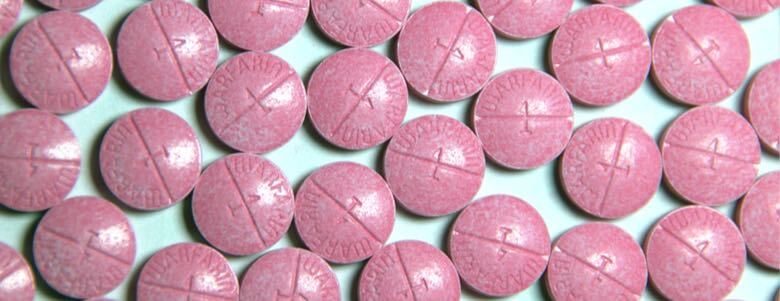
Blood Thinners: Types, Side Effects and Drug Interactions

Tips for Taking Blood Thinners After an Angioplasty
Moderna shot protects against new virus variants; higher blood thinner dose keeps patients off ventilators | Reuters
New stroke prevention device helps patients get off blood thinners | wusa9.com
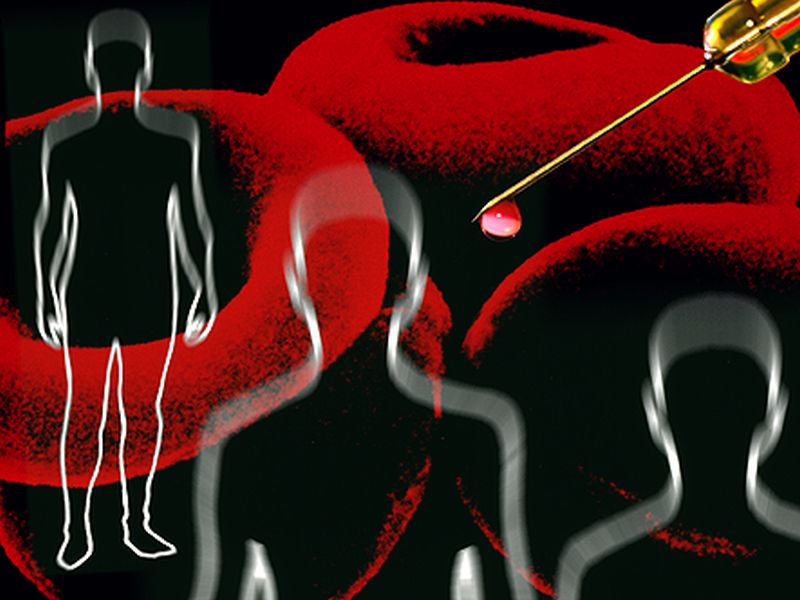
Blood Thinners Can Come With Dangerous Side Effects
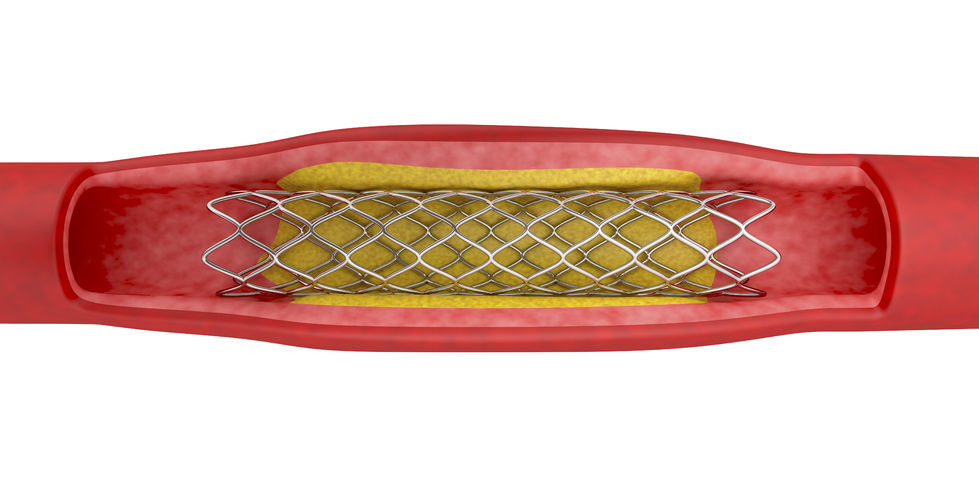
How Long Should You Stay on Blood Thinners After a Stent?
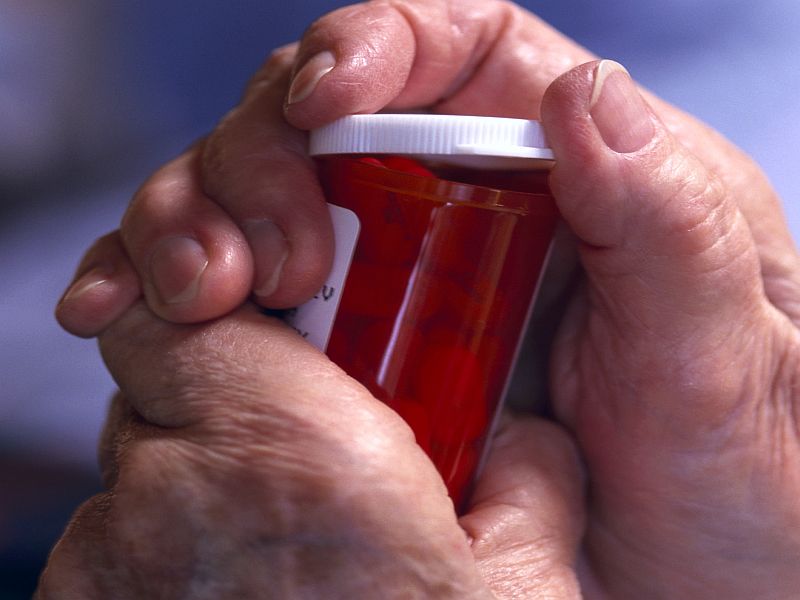
One-third with common irregular heartbeat don't take blood thinners
Posting Komentar untuk "how to get off blood thinners"